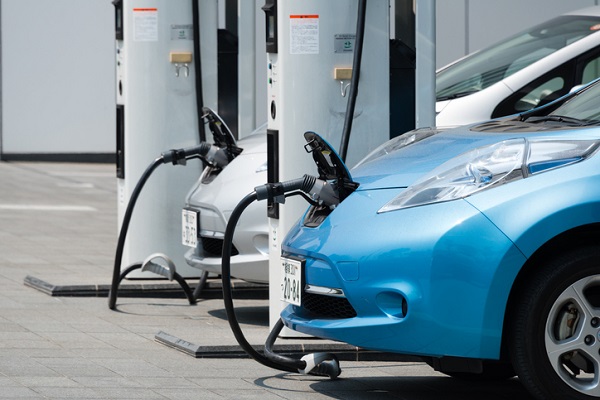Interested in Automotive Service Technician School? A Guide to Vehicle Emission Standards in Canada

Cutting down on pollution has become a major issue, including for the automotive industry. In Canada, vehicle emissions are regulated by Environment Canada, which sets standards that auto manufacturers must meet in terms of the amount of pollutants and greenhouse gases vehicles can emit.
If you’re interested in automotive technician training, you probably know that Canada has emissions standards, but you may not know how those standards work. To help you stay better informed about trends and regulations that affect the automotive industry, here’s a closer look at vehicle emission standards in Canada.
Canadian Emission Standards Are Aligned With US Standards as Much as Possible
In 1998, Canadian vehicle emission standards were first aligned with standards set by the Environmental Protection Agency (EPA) of the US federal government. Since then, Canadian emission standards have closely followed EPA standards, which have become stricter over time. In fact, Canadian emission standards are now automatically aligned with US standards.
However, it’s unclear whether that will remain in the future. The US government has announced that it wants to rollback vehicle emission standards beginning in 2021. That has led to some calls for Canada to consider adopting tougher emission standards that aren’t harmonized with the US. So far, Environment Canada has taken a wait-and-see approach before deciding whether or not to keep Canadian emission standards in line with the US.
Vehicle Emission Standards Aim to Cut Greenhouse Gas Emissions by 50%
The goal of Canada’s vehicle emission standards are as follows. On average, cars are required to achieve 5% annual reductions in greenhouse gas (GHG) emissions for model years 2017 to 2025. For light trucks, GHG emissions need to be cut an average 3.5% annually for model years 2017 to 2021 and then 5% annually for model years 2022 to 2025. In automotive service technician school you’ll learn how to service vehicles’ emissions systems, which controls the discharge of gases and pollutants from vehicles. Improvements in emissions systems are a big factor in how manufacturers will achieve these targets.
If they are achieved, vehicle emissions will be reduced by 50% by 2025 compared to 2008 vehicles. They will also result in Canadians paying $900 less per year for fuel on average for a model 2025 vehicle compared to a 2008 vehicle.
You Won’t See Every Vehicle Achieve the Same Standards After Automotive Service Technician Training
However, in the future don’t expect to see every 2025 vehicle that comes into your shop after automotive service technician training to be 50% cleaner than its 2008 equivalent. That’s because automakers have a variety of routes to achieving emission targets. For one, the reductions apply to automakers’ entire fleets, rather than to individual models. So, a manufacturer can have models that beat emissions targets and others that fall short so long as the entire fleet is achieving reductions.
Furthermore, manufacturers earn credits if they over-comply with emissions standards. For example, a manufacturer that sells mostly electric and hybrid vehicles one year may exceed its emission reduction targets, which would earn it credits. It can then keep those credits and use them for another year when it might fail to meet targets or it can sell them to another manufacturer that has a fleet of vehicles with high emissions. By buying enough credits, manufacturers with higher-emitting fleets can still be considered in compliance with emissions standards.

Do you want a career in the automotive industry?
Contact Automotive Training Centres to learn about our auto service technician course.

